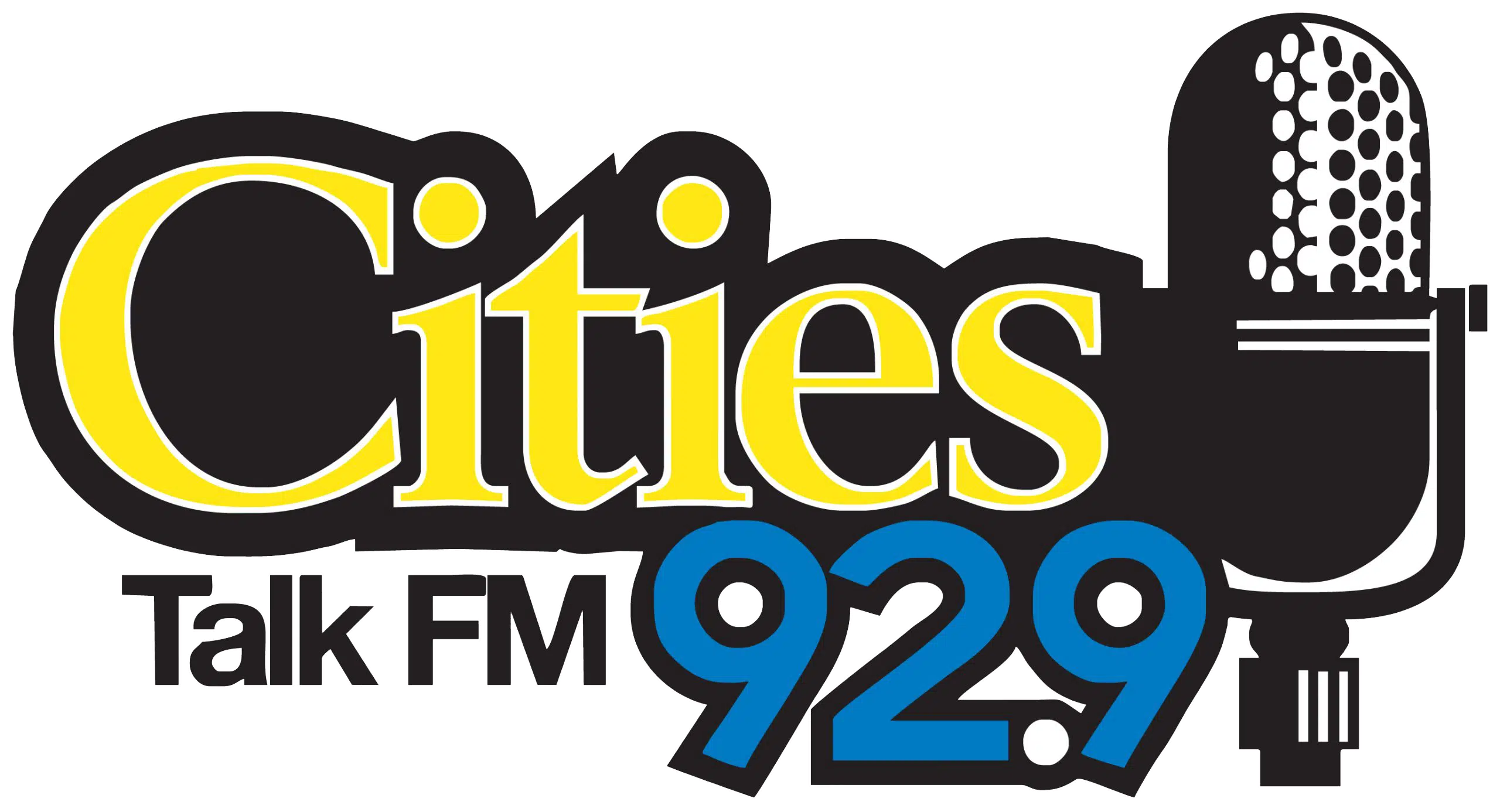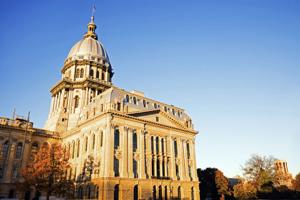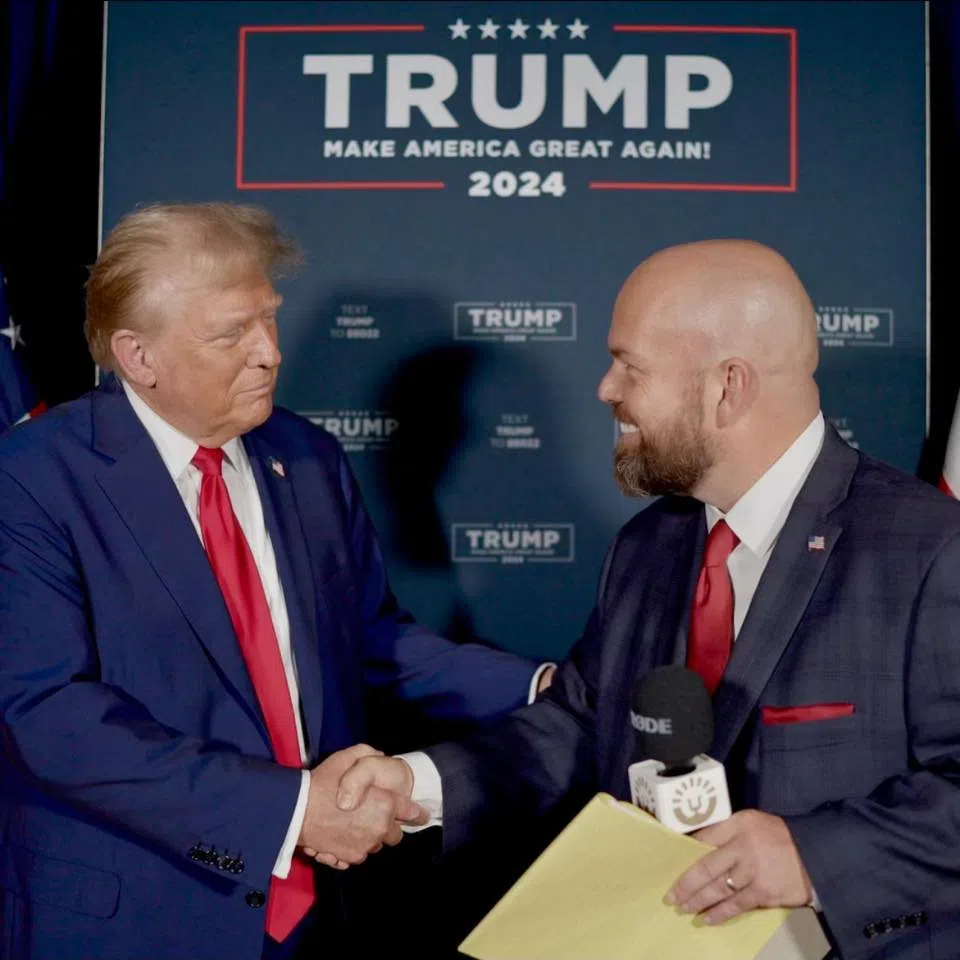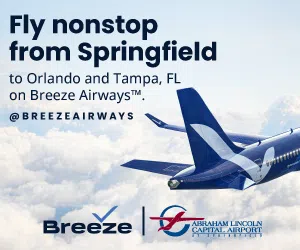(The Center Square) – Local officials are having trouble getting their share of federal aid from the state of Illinois but the agency responsible for divvying up the funds says the process is underway.
Illinois received $815 million from the federal government to distribute under the CARES Act. Of that, $250 million is to go to smaller communities and units of government for expenses related to the COVID-19 response via the Local CURE program, which began in August. The deadline, initially Oct. 1, was pushed back to the end of the year.
The program is managed by an outside firm. DCEO has been actively reaching out to local units of government to apply and hosts a web portal to assist, but Peoria City Manager Patrick Urich called the process complicated.
“We’ve shared our concerns from the moment the CARES Act was passed about the 500,000 in population threshold that they had built into the CARES Act than the trouble that it would provide,” he said.
Urich said the city had completed the process and Peoria would likely be eligible for $1.2 million in federal funds.
The Department of Commerce and Economic Opportunity said, as of Sept. 24, it had distributed $1.3 million of the $250 million. Department officials said additional applications were under review.
“This is just the start of the program, and we anticipate many more vouchers released in the coming days alone, with over $14 million actively under review,” DCEO spokeswoman Lauren Huffman said. “DCEO continues to work aggressively with local governments to help them qualify for funds and receive the maximum amount of reimbursement for their costs incurred. We’ve encouraged all eligible units of government to sign up for the program which can help them recover costs including but not limited to payroll, contractors and other costs in connection to their emergency response.”
Urich said any funds not claimed would go back into the state’s coffers for COVID-19 related use.
In addition, the local communities cannot use those funds as grants to small businesses, something larger communities that received grants directly from the federal government is able to do. State officials said this summer that they fear Illinois’ coffers would be on the hook for smaller communities improperly granting the funds to a business. Urich says they’re consistently granted federal funds and know-how to comply with guidelines for doling that money out.
“The direct economic support, at least in Illinois’ perspective, they decided to take that out as a local government expense and I’m still puzzled as to why,” he said.
Instead, the state distributes business grants through it’s Business Interruption Grant, or BIG, fund. Businesses have criticized the state for its slow dispersion of those funds as well.
Huffman responded to the criticism that the process contained too much red tape.
“From the beginning, our goal in implementing this program has centered around providing fast and equitable relief for communities across Illinois who have taken a financial hit from their emergency response – all while ensuring full adherence to all applicable state and federal laws associated with distributing CRF funds,” she said.
A recent survey by the Illinois Municipal League found 87 percent of municipalities have experienced revenue shortfalls as severe as 30% compared to last year.











